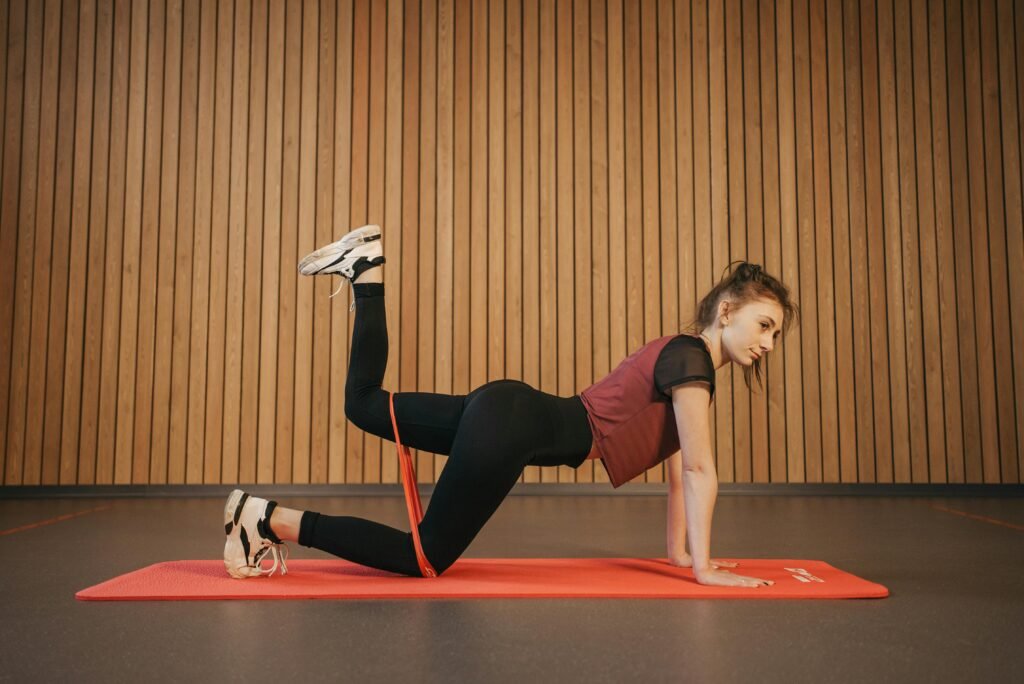Sorry to Break It to You, but Pull-Ups Won’t Make You Taller
This exercise can indeed provide several benefits, especially for spinal health and posture, the idea that it will significantly increase your height is a common misconception.
The Myth: Can Hanging from a Pull-Up Bar Make You Taller?
Hanging from a pull-up bar, often referred to as “suspension,” does not directly contribute to an increase in height. Height is primarily determined by genetic factors, with additional influences from nutrition, sleep, and overall health during childhood and adolescence. Once you reach adulthood, your bones have mostly stopped growing, and your height remains relatively stable.
However, while hanging from a pull-up bar won’t make you permanently taller, it can provide temporary changes in your posture and spinal alignment. When you hang, the force of gravity pulls on your spine, creating a mild traction effect that can temporarily increase the space between your vertebrae. This can make you feel slightly taller, but the effect is short-lived and diminishes once you return to standing.
The Reality: Benefits of Hanging from a Pull-Up Bar
Even though hanging from a pull-up bar won’t make you taller, it offers several important benefits for your overall health and well-being:
1. Spinal Decompression and Posture Improvement
Hanging from a pull-up bar acts as a form of self-weight traction, which can help decompress the spine and relieve pressure on the intervertebral discs. This is particularly beneficial for people who spend long hours sitting at a desk or have poor posture. By stretching the spine, hanging can help reduce back pain, improve flexibility, and promote better posture.

2. Support for Mild Scoliosis
For individuals with mild scoliosis (a lateral curvature of the spine), hanging from a pull-up bar can provide some relief and support. The traction created by hanging can help extend the spine and potentially reduce the severity of the curve. However, it’s important to note that hanging alone is not a cure for scoliosis, and it may not be suitable for everyone. People with more severe scoliosis or other spinal conditions should consult a healthcare professional before attempting this exercise.
3. Strengthening Core and Upper Body Muscles
In addition to its benefits for the spine, hanging from a pull-up bar also engages and strengthens the muscles in your upper body and core. This includes your grip strength, shoulders, back, and abdominal muscles. Over time, these strengthened muscles can contribute to better posture and overall physical performance.
Who Can Benefit from Hanging from a Pull-Up Bar?
While hanging from a pull-up bar can be beneficial for many people, it’s not suitable for everyone. Here are some guidelines to help you determine if this exercise is right for you:


- Mild Scoliosis (Cobb Angle < 10 Degrees): If you have a mild scoliosis with a Cobb angle less than 10 degrees, hanging from a pull-up bar may help improve spinal alignment and reduce discomfort. However, always consult with a doctor or physical therapist before starting any new exercise regimen.
- Excessive Thoracic Kyphosis: If X-rays show that you have an excessive thoracic kyphosis (excessive rounding of the upper back), hanging from a pull-up bar can help stretch and elongate the spine, potentially improving posture.
- Flat Back Syndrome: If you have a condition known as flat back syndrome, where the natural curve of the lower back is reduced, hanging from a pull-up bar may not be the best exercise for you. In this case, it’s important to focus on exercises that restore the natural lumbar curve.
How to Hang from a Pull-Up Bar Safely
If you decide to incorporate hanging from a pull-up bar into your routine, it’s essential to do so safely. Follow these steps to ensure you get the most benefit while minimizing the risk of injury:
- Choose the Right Equipment: Use a sturdy pull-up bar that can support your body weight. Ensure it is securely installed in a doorway or mounted to a wall.
- Start Slowly: If you’re new to hanging, start with short intervals of 10-15 seconds. Gradually increase the duration as your body adapts.
- Maintain Proper Form: Keep your body relaxed and avoid locking your elbows. Let gravity do the work by allowing your spine to naturally decompress.
- Listen to Your Body: If you experience any pain or discomfort while hanging, stop immediately. It’s important to respect your body’s limits and avoid overexertion.
- Combine with Other Exercises: For the best results, combine hanging with other exercises that strengthen your core and improve posture, such as planks, rows, and yoga stretches.


While hanging from a pull-up bar won’t make you permanently taller, it offers numerous benefits for spinal health, posture, and muscle strength. By incorporating this simple exercise into your routine, you can alleviate back pain, improve flexibility, and support a healthier spine. However, it’s important to approach this exercise with caution and consult a healthcare professional if you have any underlying spinal conditions.
what you want

The truth




